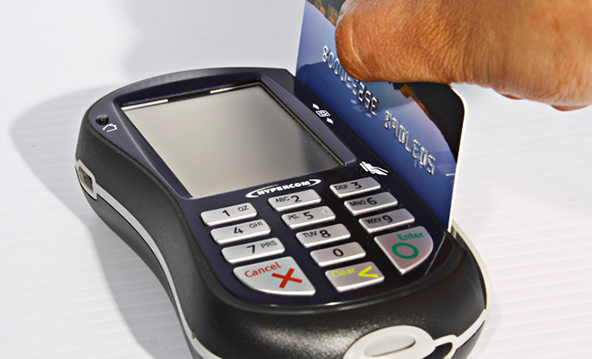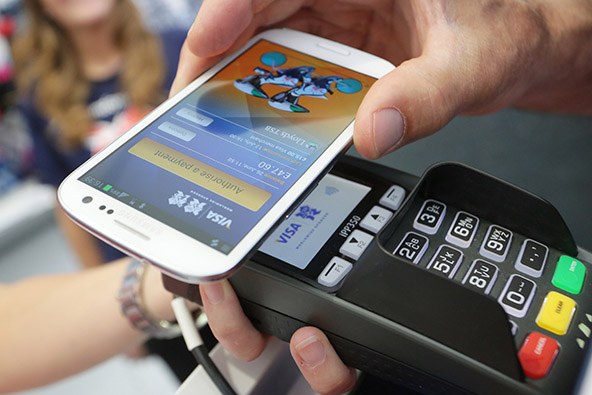Debit Card Processing Basics You Ought to Know

Last week I had a conversation about debit card processing with one of our merchants. She wanted to know how PIN-based debit transactions are different from signature-based ones. More to the point, she wanted to know whether or not she would save money if she switched to PIN-based debit processing.
After we wrapped up our conversation I went through our blog’s archive and discovered, much to my astonishment, that we have never actually posted anything about debit card processing. Yes, we have posted a boat load of articles about the huge debit card interchange fight that the retailers somehow managed to win, but we have never reviewed the mechanics of debit transactions.
Well, this article will be my first attempt to make amends for our negligence and in the process I will answer my client’s question for you.
Debit Card Processing Basics
First, though, let me give you a short outline of the debit transaction cycle. PIN-based point-of-sale (POS) or ATM transactions are usually authorized and cleared (posted) at the same time. Settlement then occurs at certain pre-defined times during the day. Here is the debit transaction authorization, clearing and settlement cycle for Visa and MasterCard transactions:
- The customer offers a card for payment.
- The card is swiped (either by the merchant or customer) through a POS magnetic-stripe reader, is placed into a chip-reading POS device, or is waved in front of a wireless reader. The merchant enters the sale’s amount. The cardholder keys in the PIN (if applicable). A transaction authorization request is routed to the acquiring bank.
- The acquirer determines the Association (Visa or MasterCard) to which the authorization request should be sent.
- The Association routes the request on to the card issuer and facilitates settlement.
- The issuer responds to the authorization request and, if approved, the transaction is posted to the cardholder’s account.
- The Association routes the authorization response to the acquirer.
- The acquirer forwards the response to its merchant.
- The merchant completes the transaction accordingly.
Keep in mind that, if a chip reading POS device is available, the merchant should always give preference to chip card processing, rather than swiping the card.
PIN-based vs. PIN-less Debit Card Acceptance
Now to my client’s question — whether PIN-based debit processing is cheaper than signature-based one. The answer is no, it is not, provided we are comparing the same pricing models for each type.
If you look at Visa’s and MasterCard’s interchange tables, you will see that neither Association sets separate debit rates for PIN-based and PIN-less transactions. There are only rates for debit cards, which is why some supermarkets require PINs, while others do not. Think about it for a second, if a merchant that processes huge volumes of debit transactions uses signature-based cardholder verification, how likely is it that this type of payment acceptance would be costlier than another one that is available to them? After all, it is highly unlikely that the merchant would be ignorant of a cost difference, if there was one.
Actually, the Associations will no longer have any say in the setting of debit interchange rates. The Federal Reserve has ruled, and Congress has approved, that card issuers can charge no more than 12 cents per debit transaction. Again, no difference is made between PIN-based and PIN-less payments.
The difference between the two forms of debit processing is in the cardholder authentication method. It is generally accepted (and there are studies that support this proposition) that PIN-based debit processing is more secure than signature-based one, although the former has its own unique weaknesses.
The Takeaway
So when deciding on how to process debit transactions, pricing should not be a consideration. That said, you should be using interchange-plus and we have previously gone over the reasons in detail.
What you should be looking at is fraud prevention. As I already mentioned, PIN-based payment acceptance is considered more secure than signature-based, so you should probably go with it. That said, if you choose to go PIN-less and do it right, fraud should not be a concern.
Image credit: E-moneynews.com.


